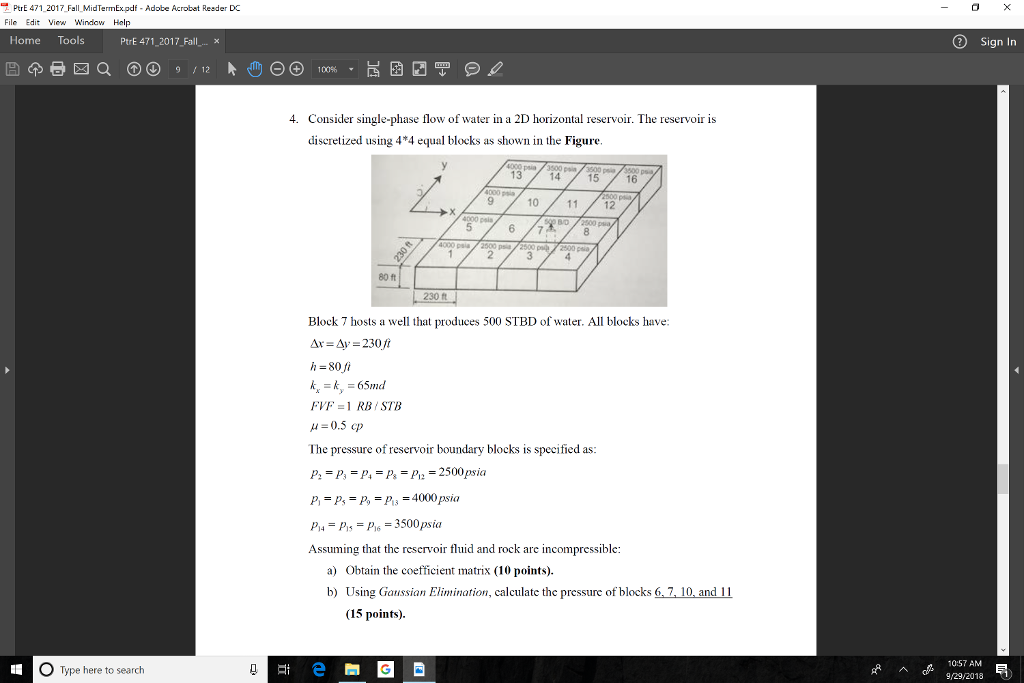

In June 2018, former Google Chief Business Officer and SoftBank President Nikesh Arora joined the company as chairman and CEO. In 2018, several high-profile tech executives joined Palo Alto Networks. In May 2018, the company announced Application Framework, an open cloud-delivered ecosystem where developers can publish security services as SaaS applications that can be instantly delivered to the company's network of customers. In 2018, the company began opening dedicated cybersecurity training facilities around the world as part of the Global Cyber Range Initiative. In 2017, Palo Alto Networks announced Logging Service, a cloud-based service allowing customers to amass their own data for machine learning and data analytics. The company expanded over the years, offering a wide selection of enterprise cybersecurity services beyond its original next-generation firewall offering, such as Traps endpoint protection and Wildfire malware prevention. By 2018, the organization had 20 members including Cisco, Check Point, Juniper Networks, and Sophos. In 2014, Palo Alto Networks founded the Cyber Threat Alliance with Fortinet, McAfee, and Symantec, a not-for-profit organization with the goal of improving cybersecurity "for the greater good" by encouraging collaboration between cybersecurity organizations by sharing cyber threat intelligence amongst members. It remained on the NYSE until October 2021 when the company transferred its listing to Nasdaq. The company debuted on the NYSE on July 20, 2012, raising $260 million with its initial public offering, which was the 4th-largest tech IPO of 2012. In 2019, they were named a leader in the Gartner Magic Quadrant for Network Firewalls for an 8th year in a row. Starting in 2011, Gartner began listing Palo Alto Networks as a leader on its enterprise firewall Magic Quadrant.
#Block adobe hosts 2018 upgrade#
In particular, the publication defined this next-generation firewall as containing (in addition to the full capabilities of both traditional firewalls and intrusion prevention systems): Support for in-line deployment without disrupting network operations, application awareness and full stack visibility allowing for fine-grained detection and control of applications, extra-firewall intelligence, and upgrade paths. In contrast to traditional firewalls of the time which relied on simple rules such as port numbers and protocol to block traffic, the authors stated that next-generation firewalls should operate on and inspect all layers of the network stack and be intelligent enough to block threats independently of port numbers or protocols used. In 2009, Gartner released a publication defining the next-generation firewall. In 2007, the company produced and shipped its first product, an advanced enterprise firewall, which it branded the world's first "next-generation firewall". When asked why he started Palo Alto Networks, Zuk cited his objective of solving a problem enterprises were facing with existing network security solutions: the inability to safely enable employees to use modern applications, which entailed developing a firewall that could identify and provide fine-grained control of applications.

Palo Alto Networks was founded in 2005 by Israeli-American Nir Zuk, a former engineer from Check Point and NetScreen Technologies, and was the principal developer of the first stateful inspection firewall and the first intrusion prevention system. ( April 2019) ( Learn how and when to remove this template message) Please help improve it by removing promotional content and inappropriate external links, and by adding encyclopedic content written from a neutral point of view. # localhost name resolution is handled within dns itself.ġ27.0.0.1 ġ27.0.0.1 ġ27.0.0.1 practivate.adobe ġ27.0.0.1 ġ27.0.0.1 127.0.0.1 section contains content that is written like an advertisement. # lines or following the machine name denoted by a '#' symbol.

# additionally, comments (such as these) may be inserted on individual # the ip address and the host name should be separated by at least one # be placed in the first column followed by the corresponding host name. # entry should be kept on an individual line. # this file contains the mappings of ip addresses to host names. # this is a sample hosts file used by microsoft tcp/ip for windows. # copyright (c) 1993-2009 microsoft corp.


 0 kommentar(er)
0 kommentar(er)
